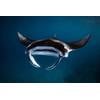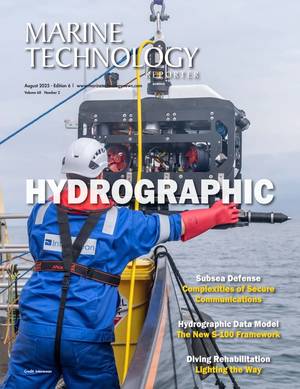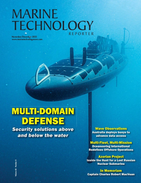Chinese Rover said to Find Evidence of Martian Ocean, Beaches
China’s Zhurong rover reportedly uncovered evidence beneath Mars’ surface that appears to be ancient sandy beaches, hinting at the remnants of a vast ocean shoreline. Using ground-penetrating radar, the rover revealed layers of sand-like material buried 10–35 meters (33–115 feet) deep, arranged in a uniform slope reminiscent of Earth’s coastal deposits. Scientists believe these features mark the former edge of an ocean—dubbed Deuteronilus—that existed around 3.5 to 4 billion years ago. At that time, Mars boasted a thicker atmosphere and warmer climate, conditions that may have supported vast bodies of liquid water capable of fostering life, much like early Earth’s primordial seas.
Between May 2021 and May 2022, Zhurong journeyed about 1.2 miles (1.9 km) through terrain that exhibits hints of an ancient shoreline. Its high-frequency radar, capable of probing up to 80 meters (260 feet) below the surface, detected continuous layers of sediment that stretch over 1.2 km along its route. “Even though Mars’ surface has transformed dramatically over billions of years, our radar data has provided direct evidence of coastal deposits that aren’t visible on the surface,” said Hai Liu, a planetary scientist with Guangzhou University and a member of the Tianwen-1 mission team.
On Earth, similar beach formations take millions of years to develop, suggesting that Mars once hosted a long-lived, dynamic ocean with wave and tidal action distributing sediments from adjacent highlands. “These beaches likely formed through processes similar to those on Earth—waves and tides that profoundly influenced the climate and landscape, and which may have created environments ripe for life,” Liu explained.
Michael Manga, a planetary scientist at the University of California, Berkeley, added, “Shorelines are ideal locations to search for traces of past life, much like the coastal zones where life is thought to have begun on Earth.”
The discovery was made in the southern region of Utopia Planitia, a vast plain in Mars’ northern hemisphere. Researchers carefully ruled out other origins for the deposits. “We considered wind-blown dunes, ancient river channels, and even lava flows,” noted Benjamin Cardenas, a geoscientist from Penn State. “However, the unique patterns we observed don’t match those features—beach deposits remain the best explanation.”
Mars, which formed roughly 4.5 billion years ago, saw the disappearance of its oceanic phase about a billion years into its history due to dramatic climatic changes. While some water was likely lost to space, large quantities may still be trapped underground. In fact, a previous study using seismic data from NASA’s InSight lander suggested the existence of a massive subsurface reservoir of liquid water.
(Reuters + Staff)














 August 2025
August 2025



